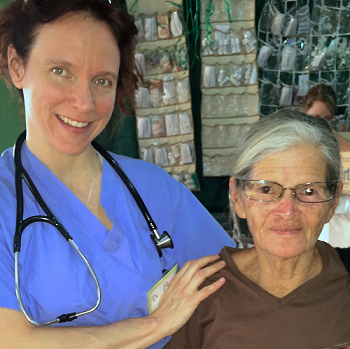Why Health Workers Need to Be Emotionally Unattached to Patients
It is a fine line between caring for your patients and becoming too emotionally invested in their outcomes. How do you find the balance?
Federal Task Force Pushes PT as an Alternative to Opioids
A report released this week by an inter-agency task force highlights the benefits of physical therapy and other modalities in combatting the opioid crisis.
Physician Burnout Costs U.S. Billions Each Year
Physician burnout is not only a widespread problem for physicians themselves, but it is also bad for business, or so found a new study published this week.
Top Survival Tips for New Nurses
Here are four essential tips for the new nurse, to not only quell your nerves, but to begin to shape you into the best nurse you can be.
Barton Associates’ Locum Hero: Dr. Neilly Buckalew
Earlier this year, Barton Associates announced the Locum Heroes campaign, with a focus on giving back to locum tenens providers who make a difference in their communities, near and far. In response, we received more than 100 nominations, each desc…
Barton Associates’ Locum Hero: Whitney Holmes, CNP
Earlier this year, Barton Associates announced the Locum Heroes campaign, with a focus on giving back to locum tenens providers who make a difference in their communities, near and far. In response, we received more than 100 nominations, each desc…
The Hardest Parts of Nursing
The nursing profession comes with many obvious rewards, be they personal or professional. However, it is also well-documented to be one of the most stressful careers, due to staffing shortages, hospital politics, long hours, and many other factors…
Burnout, as Defined by the World Health Organization
Whatever the definition may or may not be, burnout continues to be a widespread problem in the medical field, but the WHO is now calling it a “syndrome.”
Fight to Expand Advanced Practitioner Roles Fails in Florida
House Bill 821 sought to grant autonomy to Advanced Practitioners in the state of Florida in an effort to expand access to care and affordability.
Escalating Workplace Violence Rocks Hospitals
Marlene Harris-Taylor, Ideastream
Across the country, many doctors, nurses and other health care workers have remained silent about what is being called an epidemic of violence against them.
The violent outbursts come from patients and patients’ …










